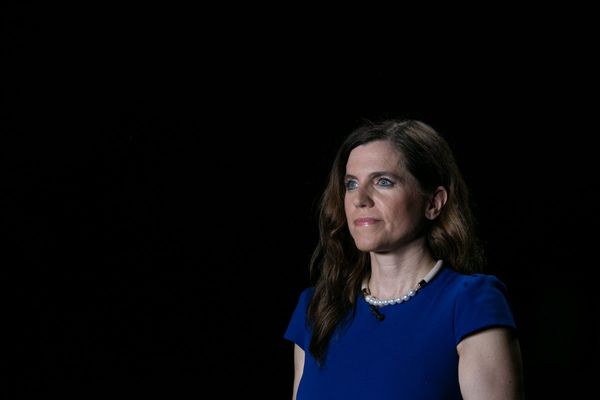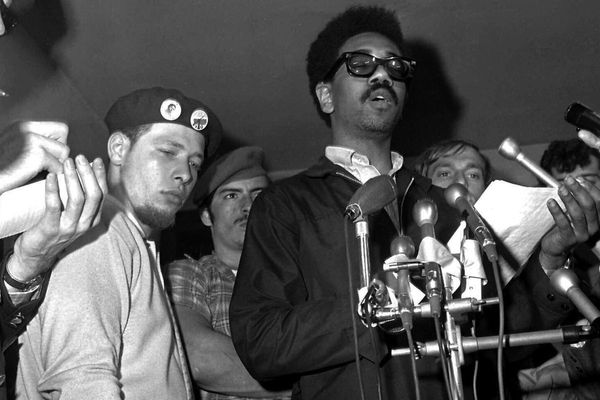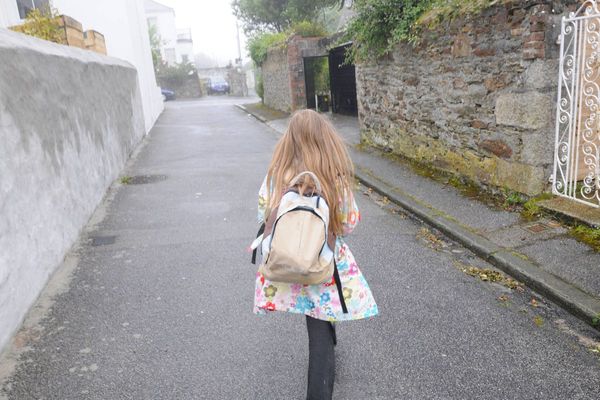Three weeks ago, Janelle Dunn was counting down the hours to the arrival of the COVID-19 vaccines that her nonprofit health clinic had been pleading for since January.
Now she’s struggling to literally give them away.
“Demand is extremely low,” said Dunn, CEO of Sanford-based True Health, a community health center with seven Central Florida locations. “And for Johnson & Johnson, it’s basically non-existent. I think the [vaccine’s] pause really stifled people’s desire to get it.”
It has been much the same throughout Central Florida in recent days — and not only for the re-launched Johnson & Johnson vaccine, halted for 11 days over reports of rare blood clots. As mass vaccination sites in Orange, Lake, Volusia and Polk counties begin to shutter their operations over the coming week, demand for Pfizer and Moderna is also faltering, raising the question of when — or if — the goal of herd immunity can be reached.
“I’m significantly concerned about how quickly the scales seem to have tipped from having a lot of demand and not enough supply, to having enough supply and not demand,” said Jared Moskowitz, the outgoing director of Florida’s Division of Emergency Management, who has overseen the state’s vaccination distribution.
“This is something we all need to be concerned with, from the federal government on down. … What do we do if half the population doesn’t get vaccinated?”
Moskowitz, who just wrapped his final week in the position before returning home to South Florida, said vaccine hesitancy was a problem even before the Centers for Disease Control and Prevention and the federal Food and Drug Administration recommended a “pause” in administering the Johnson & Johnson vaccine April 13. The move, heralded by some as evidence of the government’s level of concern for safety, came after 15 recipients out of nearly 8 million developed rare but dangerous blood clots following vaccination.
Three of the recipients, all women, died.
Despite later reassurance from federal regulators that the vaccine’s benefits far outweigh its risks, Moskowitz said the move “no doubt exacerbated” Floridians’ eagerness to roll up their sleeves for a shot.
At the federally run mass-vaccination site at Valencia College’s West Campus — which once drew thick crowds and administered up to 5,000 Johnson & Johnson shots in a single day — demand has plummeted. This week it administered an average of 400 shots a day. It has the capacity to do 3,000.
“I definitely changed my point of view,” said Val Mendoza, a 20-year-old tea café worker who had been leaning toward the single-dose Johnson & Johnson before its pause. “I was debating what my options were … especially because the demographic who got affected the worst by it are women around my age.”
Mendoza ultimately opted for Pfizer. But demand for that vaccine has dropped too.
Dr. Raul Pino, who heads the Florida Department of Health office in Orange County, said as many as 43,000 residents have skipped their scheduled second shot of the COVID vaccine in his jurisdiction alone. While some may merely be late, he worries more about those who opt to forego vaccination altogether — a percentage that has accelerated nationally over the past two months.
Still, a single dose of a two-dose vaccine does provide some level of immunity to the virus. A CDC study released in March reported that at least two weeks after an initial dose of Pfizer or Moderna, the risk of infection dropped by an average of 80%. But for the fully vaccinated, the risk is cut by over 90%.
In Orange, only 43% of the eligible population has gotten at least one round of a vaccine. That’s considerably short of the 70% to 85% range scientists estimate is needed for herd immunity.
“It is going to be difficult to reach that goal,” Pino said. “But we must try and try hard.”
Though herd immunity — the point at which the virus stops spreading freely across a population — is reached both through the number of people who have recovered from the disease and those who have been inoculated against it, health officials have largely focused on the latter.
Mostly, that’s because vaccination spares people who may become seriously ill or die if infected. But the natural infection rate is also much harder to calculate.
“We just don’t know how many people have actually had COVID, and we certainly don’t know how long they’ll produce antibodies,” said Dr. Vincent Hsu, an epidemiologist and AdventHealth’s infection control officer. “Not everyone who has COVID is tested for it, and we believe that immunity or the duration of immunity can be quite variable. This is always a moving target.”
And even those who have been infected should still get vaccinated, Hsu said, citing studies that vaccination produces a more robust and consistent response for COVID antibodies and protection against the virus.
As mask mandates ease, businesses reopen and people return to schools, offices, churches and sporting events, Hsu notes that further spread of the virus boosts the odds of a vaccine-resistant variant — a genetic mutation that could cause another surge.
Statewide, 41% of Florida residents have received at least one dose of a COVID vaccine, but only 25% are fully vaccinated, an option that is not yet even available to residents under age 16. And nationwide polls show a quarter of American adults say they have no plan to get vaccinated.
“Let’s put it this way: I would like to remain optimistic,” Hsu said. “But I am concerned.”
With more time, more data and a campaign to reach more people through convenient mobile clinics, he hopes vaccine acceptance will improve.
So, too, does Dunn.
“I think that we just have to continue to educate people,” Dunn said. “We’re working with local pastors. We’re working with the Rescue Outreach Mission [homeless shelter]. I think, overall, people have an inherent desire to care for themselves and their neighbors. So I’m hopeful that, if we just keep trying, people will come back around.”
______







